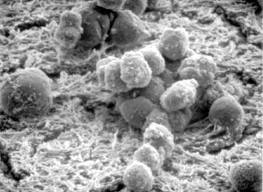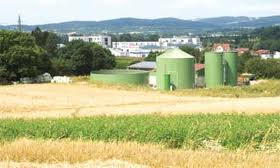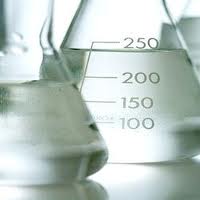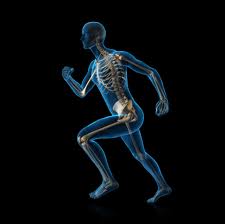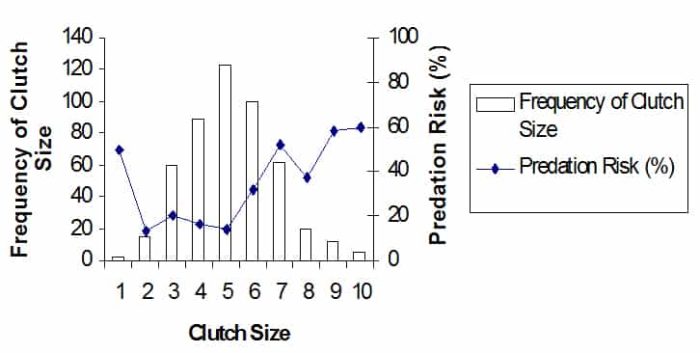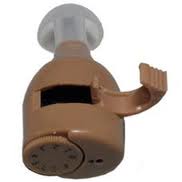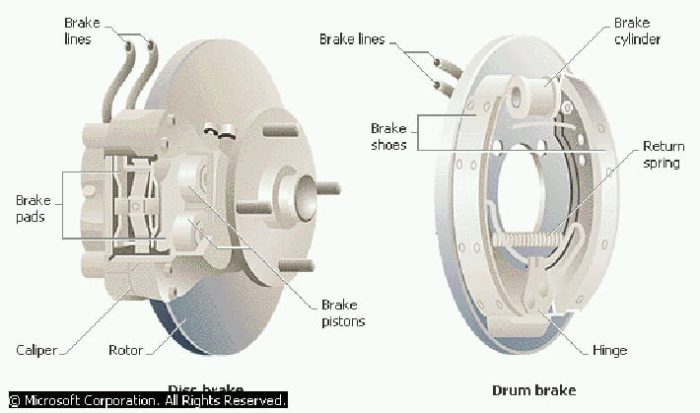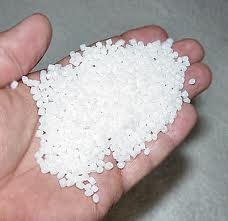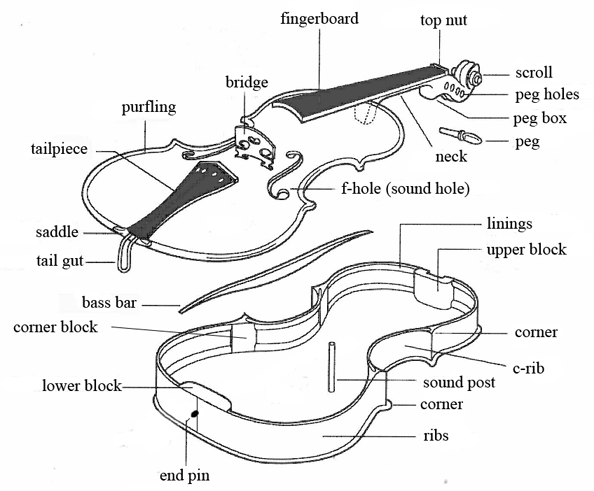William completed his Bachelor of Science and Master of Arts in 2013. He current serves as a lecturer, tutor and freelance writer. In his spare time, he enjoys reading, walking his dog and parasailing.
Article last reviewed: 2022 | St. Rosemary Institution © 2010-2025 | Creative Commons 4.0
Metabolism is the combined sum of the chemical reactions that occur in living organisms. Metabolism is traditionally divided into catabolism, or the breaking down of large molecules into smaller ones, and anabolism, or the combining of small molecules to make larger ones. Metabolic pathways are coordinated series of reactions, catalyzed by enzymes and designed to…
Living organisms carry out a diverse set of tasks, such as building and maintaining physical structures, moving, synthesizing macromolecules, maintaining electrochemical gradients, and maintaining a constant body temperature. All of these processes require energy. One fundamental problem living organisms face is how to obtain energy to carry out these tasks. When considered at their most…
All cells are enclosed by a membrane composed of lipids, proteins and carbohydrates. Eucaryotic cells also have internal membranes that divide the cell into different compartments. Biological membranes have several important functions, including: They separate the contents of a cell or organelle from the surrounding environment. They control import and export of molecules (e.g., nutrients,…
According to Jewish tradition, the covenant between God and the Hebrew people took on a new significance during the time of Moses. Under the patriarchal period of Abraham, Isaac, and Jacob God promised to love humanity. But under Moses and the Mosaic period, God would provide humanity the commandments in order to keep the covenant.…
As more carbons are added to a carboxylic acid, the trend indicates that the boiling point increases. The main functional group in a carboxylic acid (COOH) leads to strong bonds to start off with. The functional group (COOH) comes from combines the forces of a carbonyl group (polar covalent bonds, London forces, and dipole dipole…
– force is defined by the interaction between separate objects- force and magnitude – physics is primarily concerned with the object on which a force acts Laws of Mechanics 1. an object is in mechanical equilibrium if the forces that act on the object are balances, resulting in no change of its velocity 2. if…
Problem: How can an experiment be designed to measure the change in gravitational potential energy and the change in kinetic energy as an object rolls down a ramp? Predictions: Chemical energy is used by the body to lift the car 10 centimeters up onto the top of the ramp. When the energy is not being…
Abstract Carduelis tristis (American goldfinch) is a bird that suffers from a great risk of predation and in some areas is found to select a smaller clutch size of 3-6 eggs rather than a larger clutch of 7 or more eggs. The purpose of the experiment was to determine whether the risk of predation has…
Organelle Structure Function Nucleus -classified as eukaryotic or prokaryotic depending on whether or not it has a membrane bound-Heredity or genetic information is organized into threadlike structures called chromosomes.-contains DNA-composed of nucleic acids and proteins – control centre of the cell – directs all cell activity-directs other cell activities. Cell Membrane -composed of proteins and…
Nuclear power has been a topic of discussion for many decades. Many antinuclear lobbyists are against the use of nuclear power, while a lot of politicians believe that it will be one of the main sources of energy in the future. Dalton McGuinty, who while running for the position of premiere of Ontario, used in…
In the world many people take the gift of hearing for granted because they have never experienced anything else. What people do not realize is that many people have very weak or no hearing at all. With the invention of the hearing aid, the gift of sound has been shared with many of these people…
Cars have many devices to help them accelerate and reach a certain velocity, but slowing down the automobile is a very important function to achieve as well. Two ways cars are able to slow down their velocity is through the ability of the transmission to downshift and the brakes using friction to make the wheels…
With environmentalists constantly searching for a safer insecticide to deal with those pesky mosquitoes, naled has often been the choice for many. Having been registered for use since 1959 in the United States, about one million pounds of the organophosphate pesticide have been used every year with seventy percent used towards mosquito control. Primarily produced…
An extractive reserve is a concept that was produced and formed by Chico Mendes and Mary Helena Allegretti which relate to areas designated for the protection and sustenance of the environment and their inhabitants who practise their customary activities of rubber tapping. Extractive reserves were seen by the rubber tappers to be a solution to…
Throughout history the violin has been known for making one of the most beautiful sounds in music. With the strings, body and bow all making a difference, the violin can produce a wide variety of sounds from a very high pitched to a very low pitched one. Stringed instruments which include guitars and violins consist…
Refraction of Light PART I This laboratory was designed to investigate the behaviour of light as it travels through a less dense into a denser medium. Materials Ray Box with comb Semicircular plastic block Procedure Placed the semicircular plastic block on the centre of a blank sheet of paper. Traced its outline and indicated the…
Anyone who is biologically capable and who can find another biologically capable person can become a parent. Parenthood is a state that has no special conditions, and one must pass no qualifying exam to enter it. Since the word parent encompasses such a large number of people, it is easy to understand why there are…
Introduction: An ester is an organic compound that is created from a reaction between an acid and an alcohol, usually with the loss of water. Many esters contain veer distinct odors, which has led to them being used for artificial flavoring and fragrances. Esters can be synthesized artificially in labs by combining alcohols and acids…
Aspirin (originally a legally restricted brand name owned by Bayer for its brand of ace- tylsalicylic acid, but now a generic term) has been in use as an analgesic (pain-killer) and antipyretic (fever-reducer) for over a century. During most of that time, little was known about its mode of action in the body, although this…
The Nobel Prize is an international award that is given yearly for achievements in physics, chemistry, physiology or medicine, and peace which was set up in 1901 by Alfred Nobel with each prize consisting of a medal, personal diploma and prize amount. The prize in economic sciences was instituted in 1968 by the Sveriges Riskbank…

